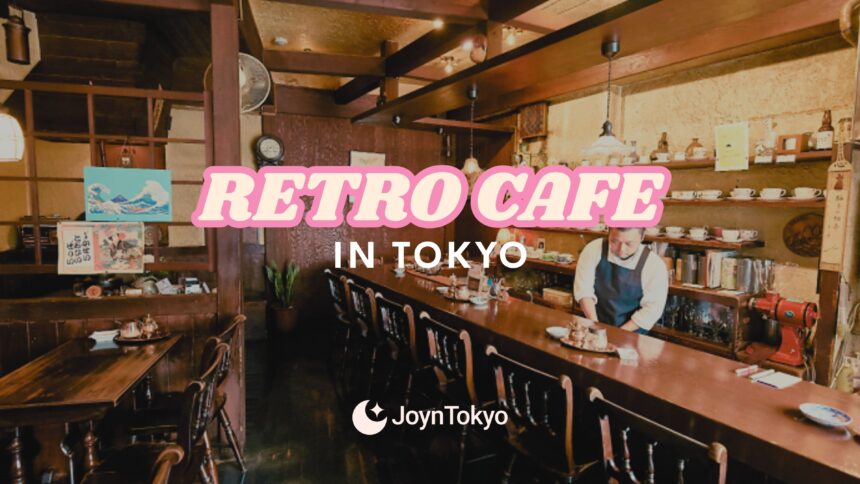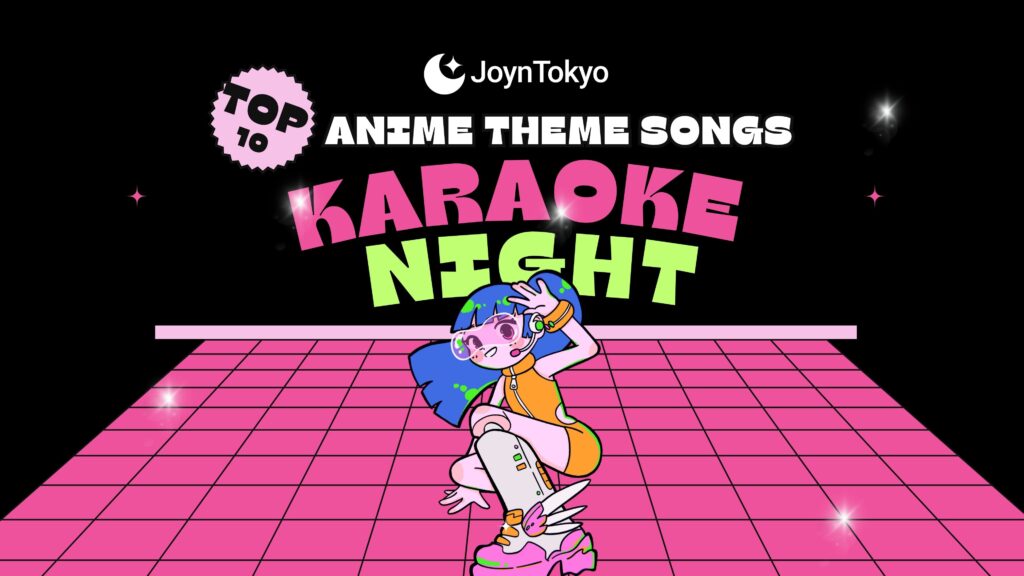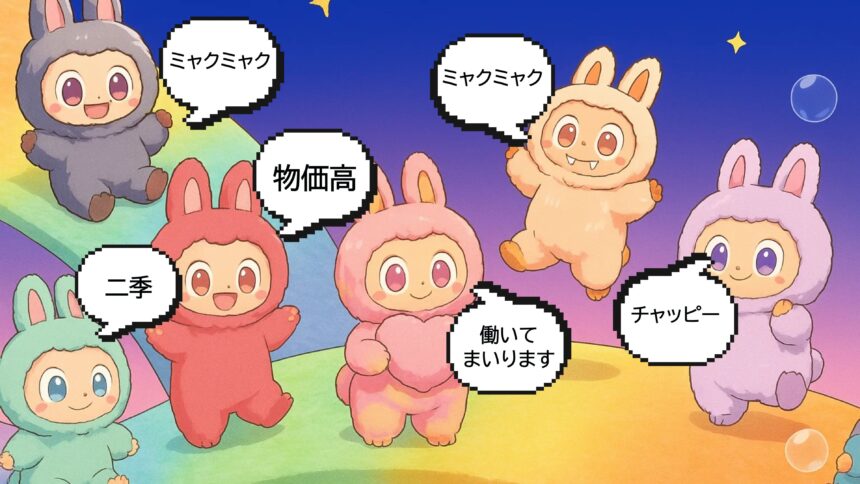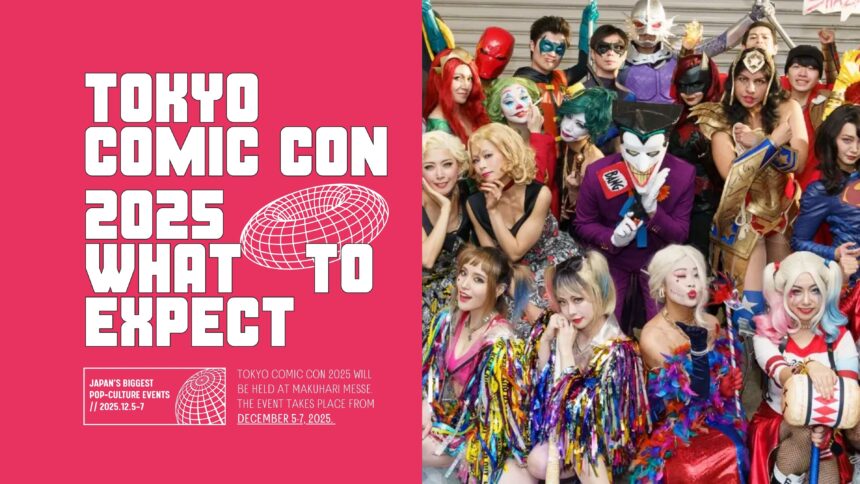Stepping through the beaded curtains of a kissaten is like stepping back in time: the aroma of flannel-filtered coffee, the gleam of mahogany jukeboxes, and the low hum of Showa-era pop songs immediately drown out 5G Tokyo. This guide shows you where, and how, to savor that deliciously unhurried past.
Quick Picks for the Time-Poor Reader
Before we dive deeper, mark these six cafés on your map. Each one delivers a different slice of retro perfection:
- Parlor Kimuraya — Shinbashi, Tokyo
- LADRIO — Kanda, Tokyo
- Hakusendo — Jōtō-ku, Osaka
- Café Soirée — Shijō, Kyoto
- Smart Coffee — Teramachi, Kyoto
- Kissa Dope — Sakae, Nagoya
Reliving the Showa Glow
The Showa period (1926-1989) forever changed Japan’s identity and its coffee culture in one fell swoop. A short walk into any vintage kissaten reveals why.
1. Salary-Man Sanctuaries
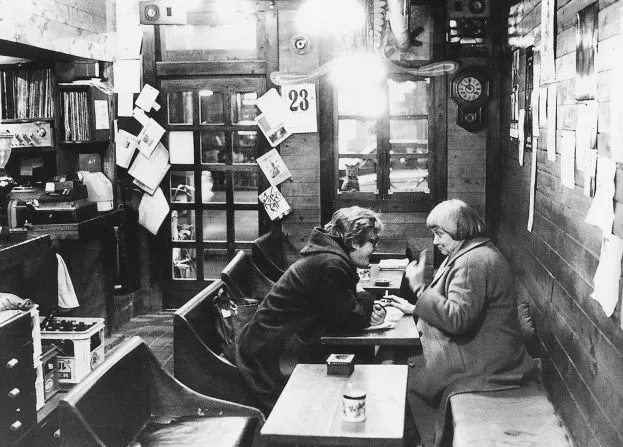
When white-collar life exploded in the 1960s, cafés promised quiet conversation away from boisterous izakaya pubs. Parlor Kimuraya, which has been running for four decades in Shimbashi’s salary-man district, still offers newspapers, thick toast and a moment of calm at commuter o’clock.
2. Décor as Time Capsule
Expect vinyl banquettes, glass parfait models in the window, and — at Osaka’s Hakusendo — shelves of penny sweets you must weave through to reach your table. The scenery is half the fun.
3. The Slow-Coffee Ritual
Most masters lean on nel-drip cloth filters or theatrical siphons. Brewing takes three to four minutes.The unspoken rule of kissaten is that companionship, not caffeine, is today’s priority.
Menus That Time Forgot
Modern chains may pour quicker, but they rarely offer these retro staples.
Morning Service (モーニングサービス)
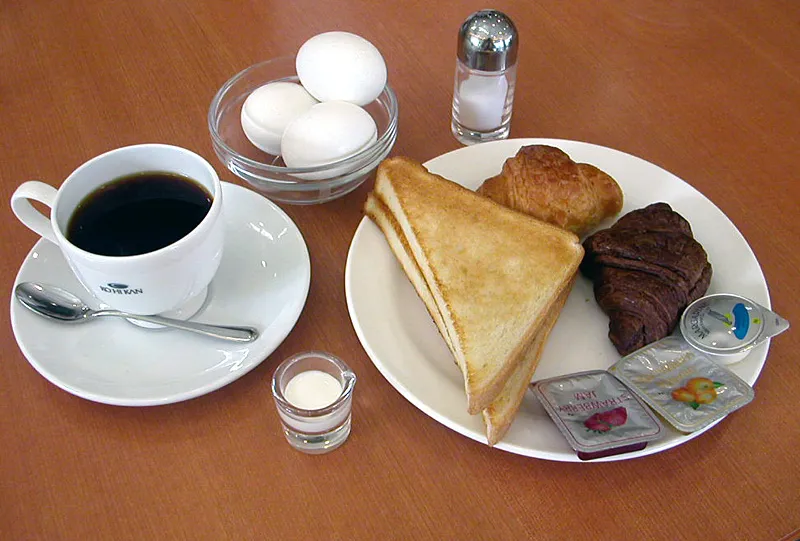
Order before 11.00 and receive hand-dripped coffee plus door-stop toast, a boiled egg and mini-salad for between ¥600 and ¥800. In Nagoya the extras multiply — some cafés add Ogura an (sweet red-bean paste) at no extra charge.
Cream Soda and Jelly Punch
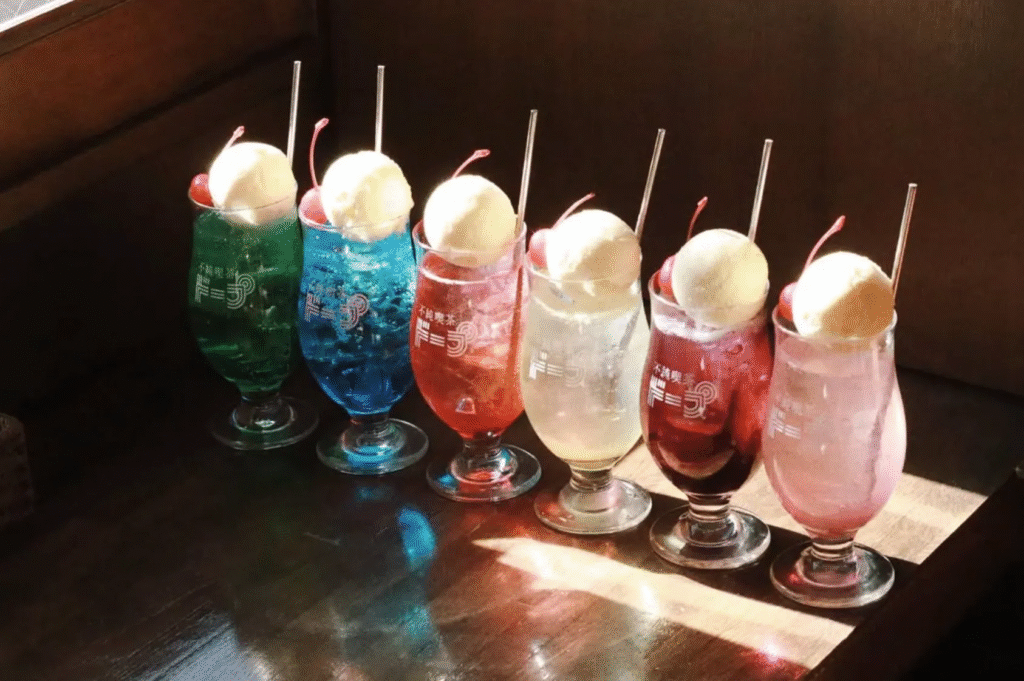
The neon-green melon float — made up of soda water, ice cream, and maraschino cherry — has barely changed since the 1970s. Kyoto’s Café Soirée doubles down with a rainbow “Jelly Punch” that glows under cobalt lamps.
Pudding and Napolitan

Caramel “pudding,” very similar to flan or creme caramel, arrives chilled in silver goblets, while ketchup-slick Napolitan spaghetti offers a Japanese take on 1950s Italian-American comfort food. Both are edible nostalgia.
Where to Experience Retro Cafés
A nation-wide hunt is fun, yet four cities guarantee density and easy rail access.
Parlor Kimuraya — Shinbashi, Tokyo
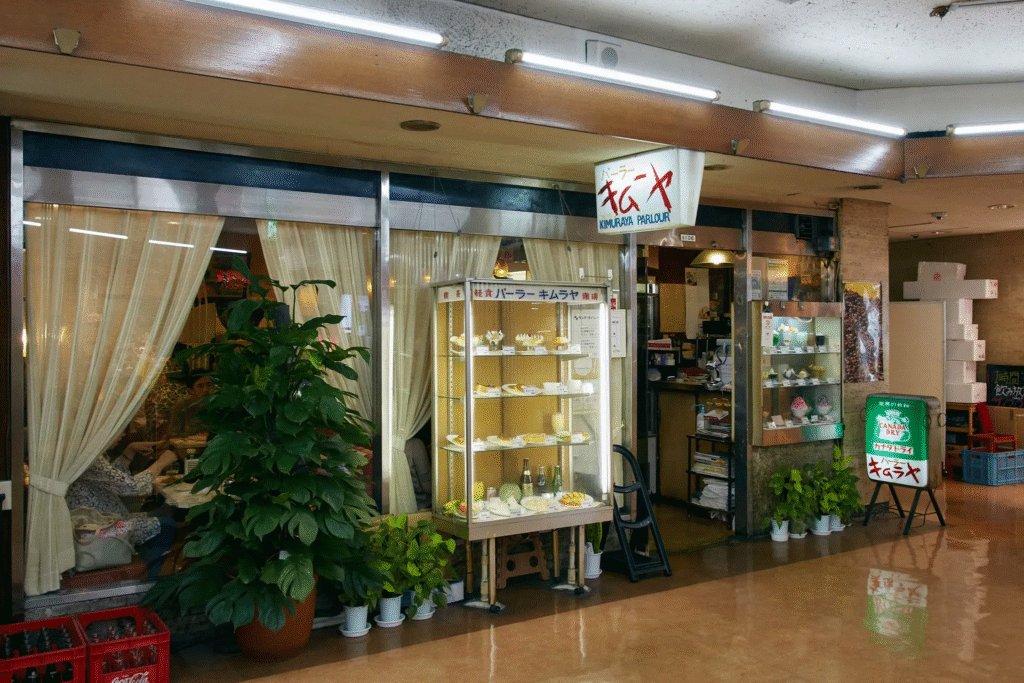
Hidden beneath elevated tracks, this salary-man refuge ladles out buttery toast and crisp morning newspapers from 07.00. Ask for a nel-drip dark roast and watch the master pour in silence while Showa jazz acts as the morning’s soft soundtrack.
LADRIO — Kanda, Tokyo
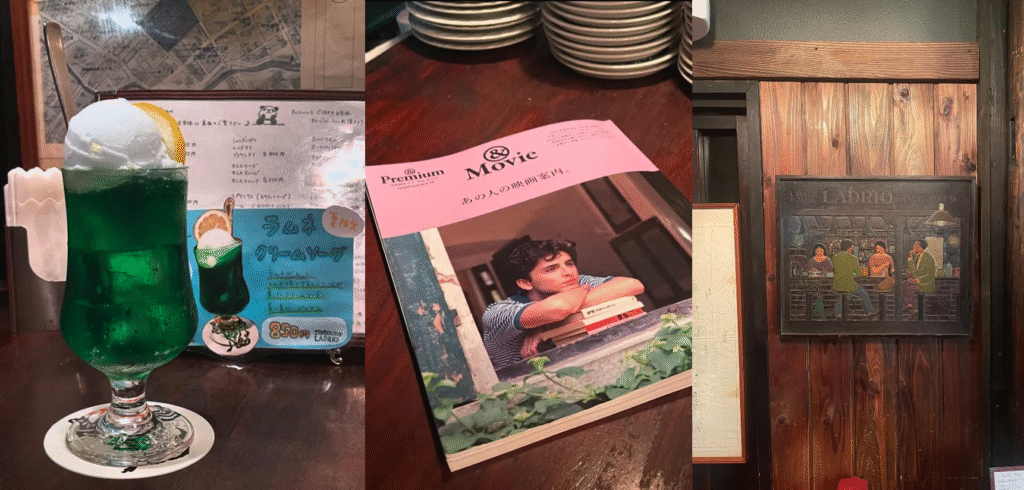
Polished wood-panel walls conceal 1930s European jazz speakers that pulse softly beneath the chatter. Order the Vienna coffee — thick cream on a medium roast — and admire the stained-glass lamps that tint the room a permanent sunset.
Hakusendo — Jōtō-ku, Osaka
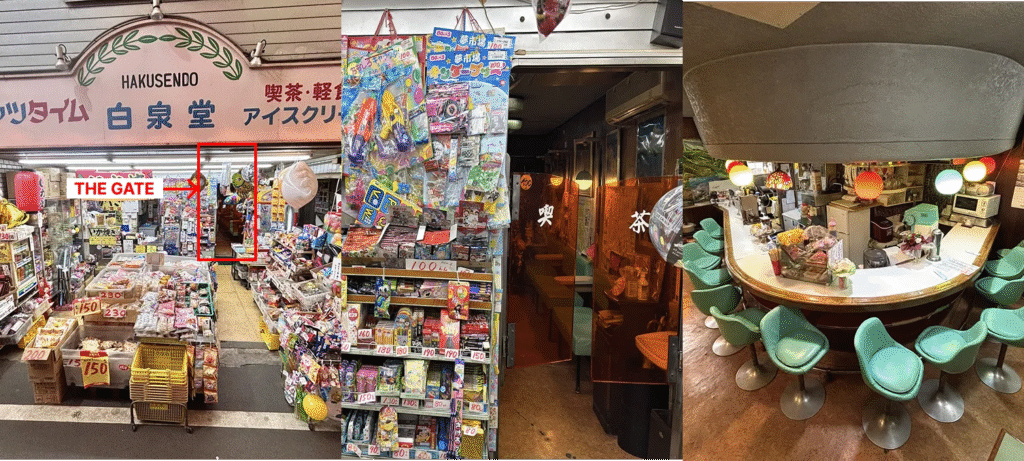
Part dagashi (cheap confections) shop, part café, Hakusendo forces you through bright aisles of penny sweets before revealing a walnut-colored parlor. Its siphon brew is syrup-smooth, and for the best results, pair it with the crumbly butter toast that locals swear by.
Smart Coffee — Teramachi, Kyoto
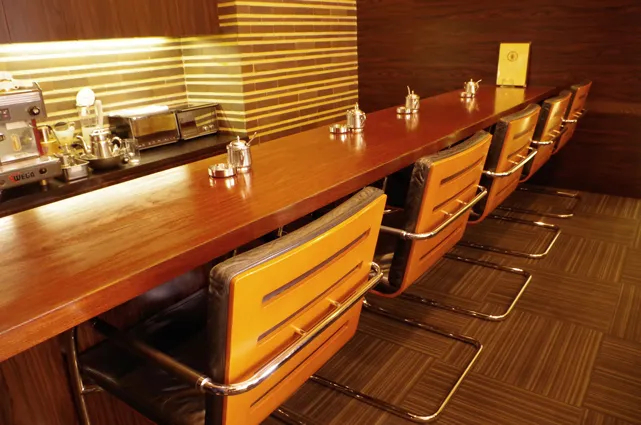
Founded in 1932, Smart Coffee has perfected fluffy French toast, and teamed it with medium-roast siphon brews. Brass chandeliers and white-jacketed staff evoke the elegance of pre-war Kyoto.
Café Soirée — Shijō, Kyoto
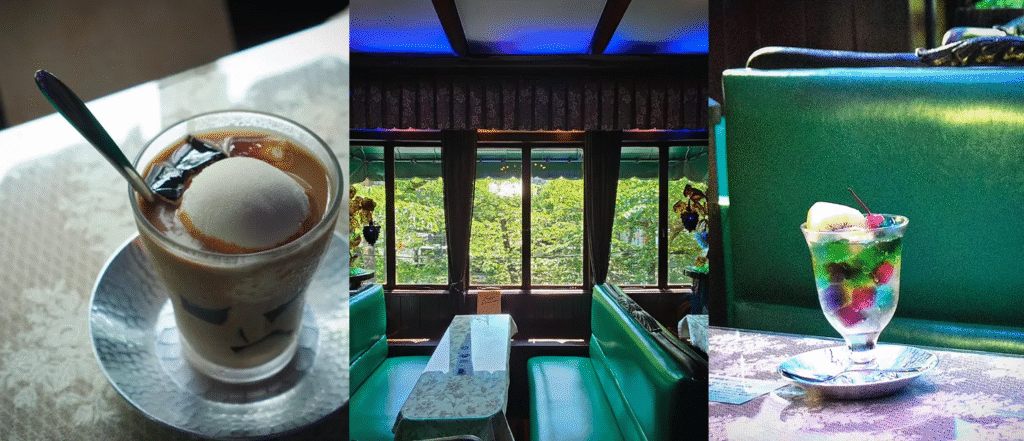
Step inside and everything seems to turn cobalt: neon lights, mirrored walls, and the signature “Jelly Punch”: a glass of rainbow cubes that glow like radioactive stained glass. A retro date-night staple since 1948.
Kissa Dope — Sakae, Nagoya
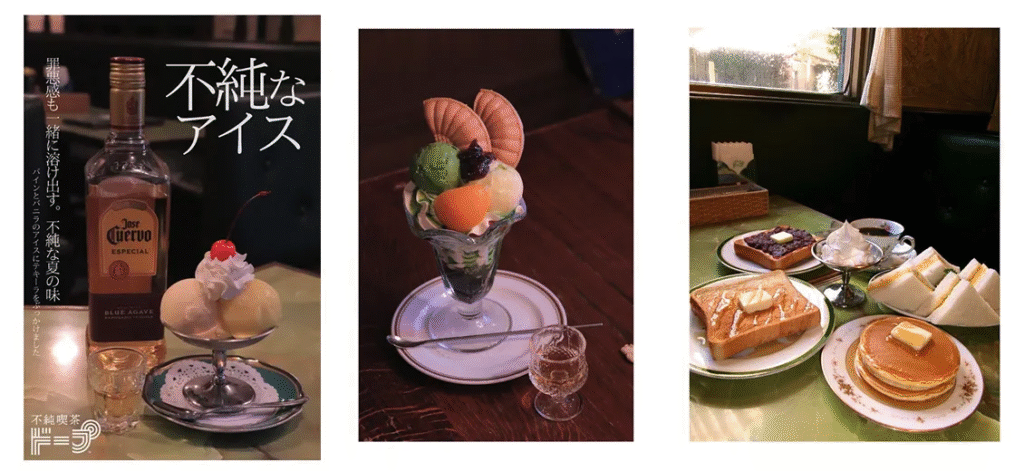
Minimalist on the outside, maximalist on the plate. Order the morning service for complimentary toast, salad and even miso soup. The house blend leans nutty, and is roasted longer, in true Nagoya fashion.
How to Enjoy Your Visit
A retro café follows its own quiet choreography.
Ordering & Etiquette
- Seat yourself unless the staff waves you in.
- Tap the brass call-bell.It is considered a courtesy, not intrusion.
- Smoking corners survive, so confirm before settling in if you prefer a smoke-free seat.
Budget & Timing
Drinks run from ¥500 to ¥900, and light meals ¥1,000 to ¥1,500. There isno tipping in Japan, as it is considered rude. A sincere “ごちそうさまでした (go-chisō-sama deshita)” suffices when you leave.
Handy Japanese Phrases
| English | Japanese | Pronunciation |
|---|---|---|
| Hand-drip coffee | ハンドドリップコーヒー | hando-dorippu kōhī |
| Cream soda | クリームソーダ | kurīmu sōda |
| The bill, please | お会計お願いします | okaikei onegaishimasu |
Bringing the Nostalgia Home
Many cafés sell branded mugs or enamel keyrings. For a deeper rabbit hole, head to retro districts like Kōenji (Tokyo) or Amerikamura (Osaka) where record shops and glassware dealers stock Showa-era crockery, which serve asideal souvenirs that will survive long after the caffeine rush fades.
Stepping Back in Time
Retro cafés are like living museums, preserving the furniture, recipes and social tempo that shaped modern Japan. Whether you crave flannel-filtered coffee, neon-blue jelly punch or simply a slower afternoon, a kissaten offers a soft-focus reboot of everyday life. Choose one from our Quick Picks, brush up on the phrases above, and let Showa warmth flavor your next city wander.


